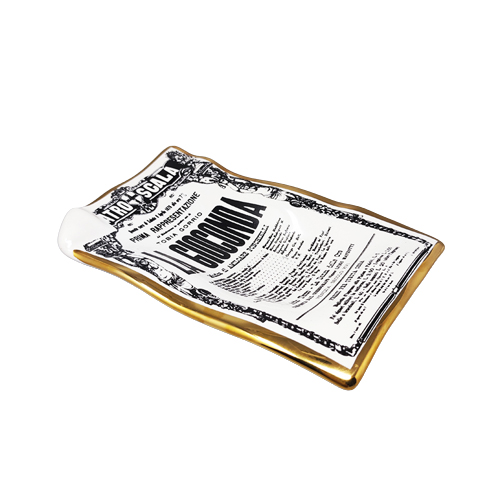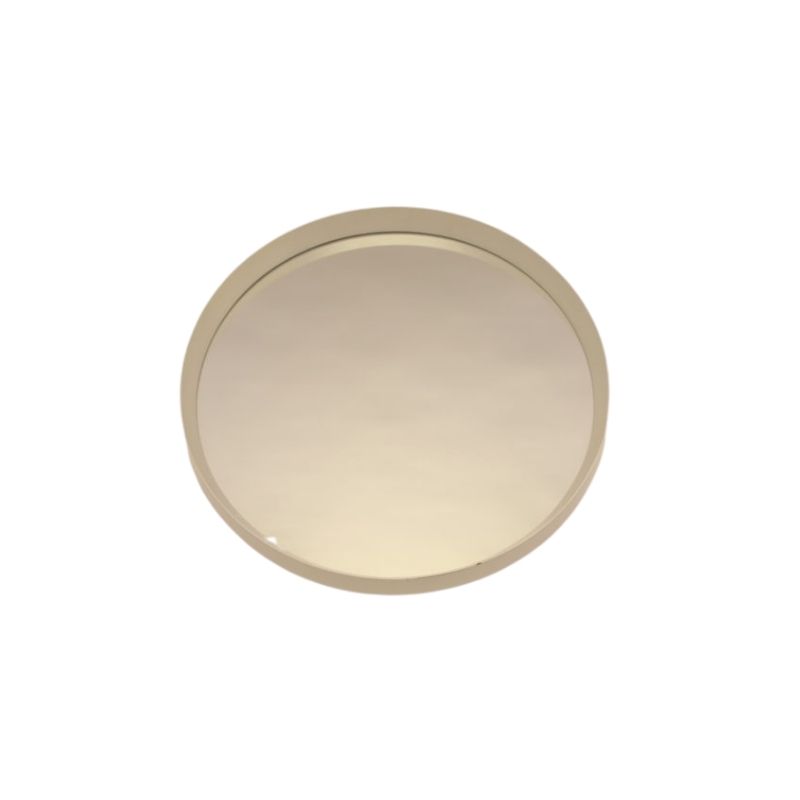There is a lot to learn from this article, so I am sharing it for those interested. I read it as a source to inform the debate on the 1) the current trend of designing so that the thing can be regurgitated eventually as something else vs. 2) designing with regard for permanence. I'm still stuck on #2 but it is nice to see that significant value is derived still through material recycling. This article points to the economics of where that value lies and hints at other topics relvant to this board.
http://www.economist.com/science/tq/displaystory.cfm?story_id=9249262
i once saw packaging that...
i once saw packaging that was not only biodegradable, but was also impegnated with seeds, the idea being that once you have finished with the packaging you plant it in your garden and it grew into a tree, which could then in theory be turned into more packaging one day!
Dear Room 606
Thank you for sharing the link. In my opinion it is a well documented overview of where we are and what still has to be done to get closer to a sustainable situation. The recycling levels that are mentioned, even in countries like Holland are not high enough and certainly could be improuved upon. To some extend it is a matter of information, to some a matter of getting re-cycling organized the proper way. Unfortunately there is not reliable information around. Just one exemple: Plastic manufacturers are telling PET bottle blowers that PET can be re-cycled, which is true as long as it is clean enough and combined with enough virgin material. Bottle blowers tel the same story to water or soft drink bottler, who subsequently glues a label on it that spoils the whole re-cycling story. Yet in some cases they print on the label that the bottle can be re-cycled...I do not think it is done on purpose, most of the time it is just ignorance. The Cradle to Cradle book by William McDonough & Michael Braungart (North Point Press, 2002) recommended by glassartist is a similar case. The book is printed on polypropylene (P.P.) with the understanding that P.P. can be recycled more often than paper...which is not the case. Paper fibers become shorted each time it is re-cycled, but so does the quality of the P.P. and recycled P.P. can not be used without virgin material unless the lower quality is acceptable. Which we call down-cycling. I have no doubts that William McDonough and Michael Braungart and their editors acted in good faith. What is missing is good information.
I still think that the largest contribution designers can make is to design products that stay out of the fashion frivolities and the short lived preferences consumers have for them (Coco Chanel's definition of fashion was: "Fashion is what becomes unfashionable") but over and above that they should indeed design in function of re-cycling and avoid engineering plastics that can not be identified and because of that not re-cycled. (Most often a common plastic will do the same job as long as you dimension it properly) Anyway...it's an interesting article. Thanks again
North Point Press, 2002
If you need any help, please contact us at – info@designaddict.com









